-
- USA/Canada 1-800-285-2726
- Australia (02) 8006 4411

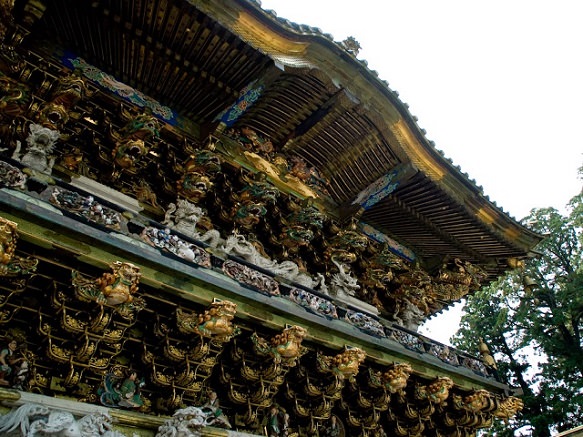
Nikko Toshogu (Nikko City, Tochigi Prefecture) is registered as the world cultural heritage "Nikko Shrines and Temples". It is a shrine dedicated to Tokugawa's first shogun, Ieyasu. Its solemnity and sacred atmosphere attracts people all over the world, and there are plenty attractions such as three wise monkeys and sleeping cats.
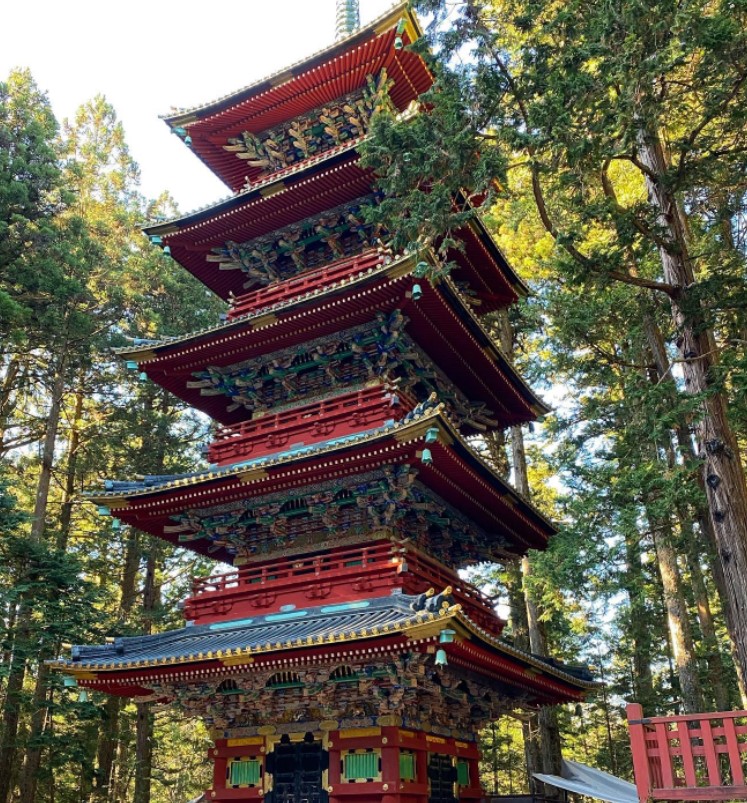
Shogun Ieyasu Tokugawa (1543-1616) ruled Japan from 1603 until Meiji Restoraion in 1868. After his death, “Tosho-sha” was built by the second generation Hidetada in Nikko in accordance with his will, but it was not as spectacular as it is now. It was Iemistu, the third generation who deeply revered Ieyasu, ordered master craftmen from all over the country to remodel the shrine into a the current magnificent one. This renovation was completed in 1636. Not like other Tokugawa Shogun, Iemitsu left his will “serve my grandfather even after my death”, and he was buried near Toshogu.
Toshogu was registered as a UNESCO World Cultural Heritage Site in 1999 as “Shrines and Temples of Nikko”. The main shrine, hall of worship, and Yomei Gate; the symbol of Toshogu, has regained its original appearance after the recent major renovation.
There are 8 national treasures and 34 important cultural properties. The 9.2 meter-high stone torii gate (Ichino torii gate) standing at the entrance and the five-storied pagoda beside it are also important cultural properties.
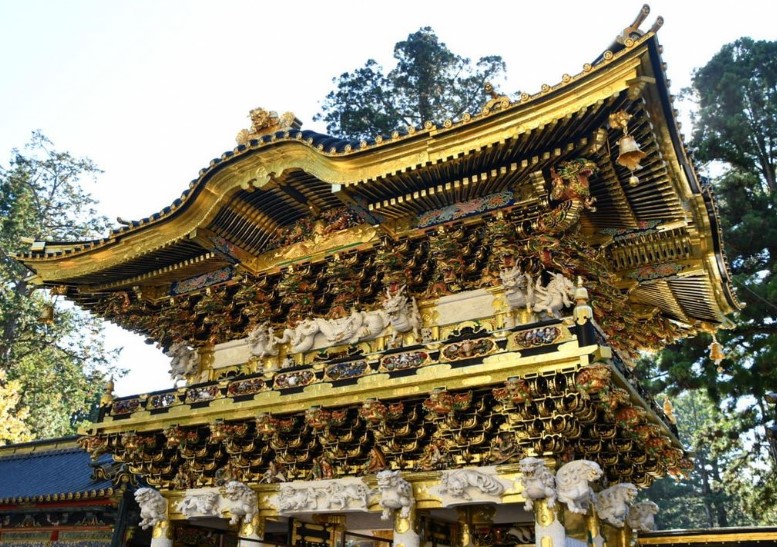
The Yomeimon Gate is famous for its magnificence, but it is also known for being intentionally unfinished. If you carefully look at the pillars, and you will notice that there is only one pillar with upside down pattern out of 12 pillars. It was intensionally built this way since it is said that "completion is the beginning of collapse".
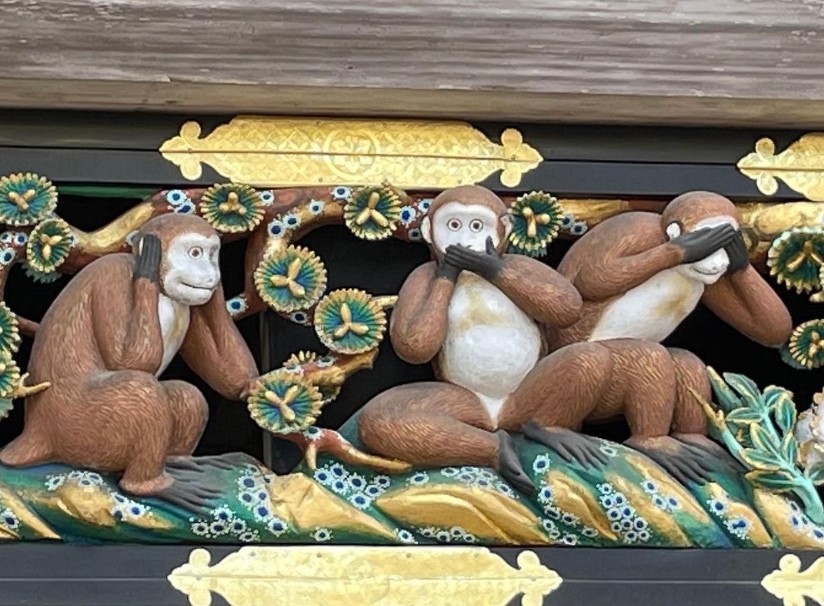
Among the more than 5,000 sculpture of Nikko Toshogu, the most popular are the "three wise monkeys". Monkeys are considered to be the guardian deities of horses, and the sculputures of monkeys which are displayed on the 8 panels satirizing the life of person. The second from the left is three Japanese macaques representing the principle of "not seeing" (Mizaru), "not hearing" (Kikazaru), "and "not saying" (Iwazaru). By refraining from those three acts, it is said that you can lead a safe and happy life.
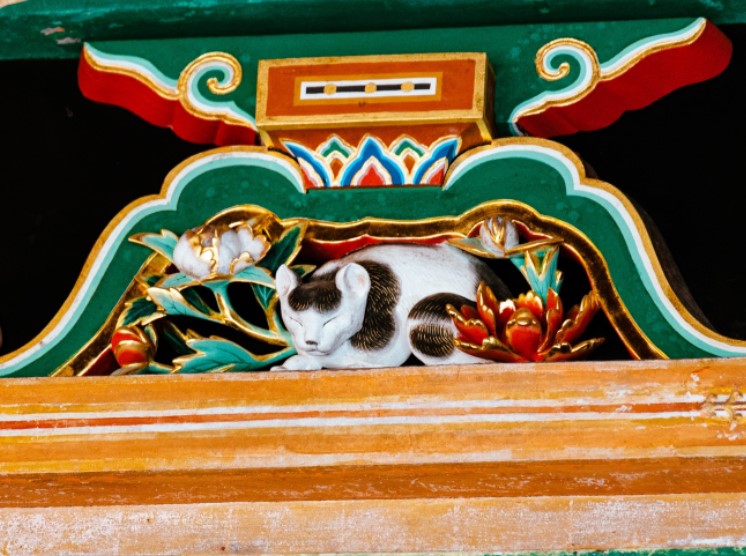
The sleeping cat is a small sculpture in the corridor in front of the Sakashita gate, and is said to have been made by the master craftsman Hidari Jingoro. There is a sparrow sculpture at the same position on the other side, and it seems to represent the world of "Taihei Tenka"; peaceful and tranquil, in the sense that if the cat is asleep, both can coexist.
Popular tour city in Tochigi famous for its temple, hot spring and more
Each area has its own shrine and the god is called Ujigami-sama
Known for an extraordinary depth, the deepest point measuring 161.5m
One of the largest waterfalls in Japan, measuring about 96.3m in height
A history theme park depicting life during the Edo Period in Tochigi Prefecture
Known for its beautiful fuji or wisteria flowers and multiple colors' wisteria flowers
A pair of winding roads, especially beautiful in the autumn
Japanese Major Temples